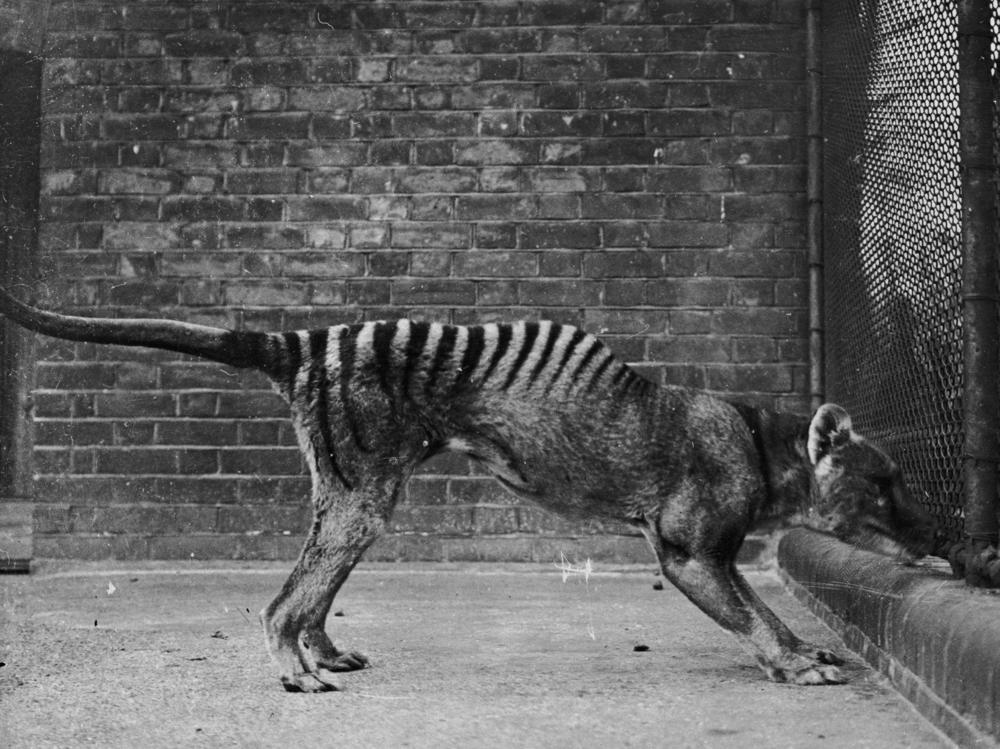Section Branding
Header Content
The long-lost remains of the last known Tasmanian tiger have been found in a cupboard
Primary Content
Here's a story for all of the chronic misplacers of keys, phones and wallets.
Researchers from the Tasmanian Museum and Art Gallery in Hobart, Tasmania, have finally found the long-lost remains of the last known Tasmanian tiger, which have been missing for more than 85 years.
Due to the somewhat shady acquisition of the specimen back in the 1930s, its skeleton and skin had been stashed away in a cupboard at the museum where experts lost track of it.
"For years, many museum curators and researchers searched for its remains without success, as no thylacine material dating from 1936 had been recorded," researcher Robert Paddle, said in a statement.
"It was assumed its body had been discarded," he added.
According to Paddle, the thylacine – believed to be the very last of its kind – was an old female animal that had been captured by an Australian trapper and sold to a zoo in May 1936. But the sale was not recorded "because, at the time, ground-based snaring was illegal and [the trapper] could have been fined," Paddle explained.
When the captive creature died a few months later, its body was transferred to the museum.
Dr. Kathryn Medlock, Honorary Curator of Vertebrate Zoology at Tasmanian Museum and Art Gallery, said they knew they'd found the missing remains after discovering an unpublished museum taxidermist's report dated 1936/37 that mentioned a thylacine among the list of specimens worked on during the year.
The Tasmanian tiger is extinct, but it may not stay that way
While the Tasmanian tiger has vanished from the planet, it is possible it may roam the earth once again.
Earlier this year, NPR reported the "de-extinction" company Colossal Biosciences announced plans to genetically resurrect the bizarre looking creature—which, despite its name, is not remotely related to a tiger.
The four-legged animal is actually a marsupial, in the same family as kangaroos, and looks like a mashup of several species. Picture a bare possum-like tail, the body of a wolf with stripes along the back, the pinched face of a fox, and a pouch on its belly. Voila: the Tasmanian tiger, also called the Tasmanian wolf.
Hunting in Australia and Tasmania was encouraged by the government for the protection of cattle and, unsurprisingly, led to the rapid demise of the species. But scientists in 2017 discovered that a lack of genetic diversity also caused its downfall.
A study published in the journal Nature found a steep decline in diversity began as long as 70,000 to 120,000 years ago.
If Colossal succeeds in bringing back the Tasmanian tiger, it will be an all-new species. The plan is to create a hybrid animal, using "CRISPR gene editing technology to splice bits of recovered thylacine DNA into the genome of a Dasyurid — a family of carnivorous marsupials such as the numbat and Tasmanian devil that are the extinct animal's closest relatives."
Copyright 2022 NPR. To see more, visit https://www.npr.org.

